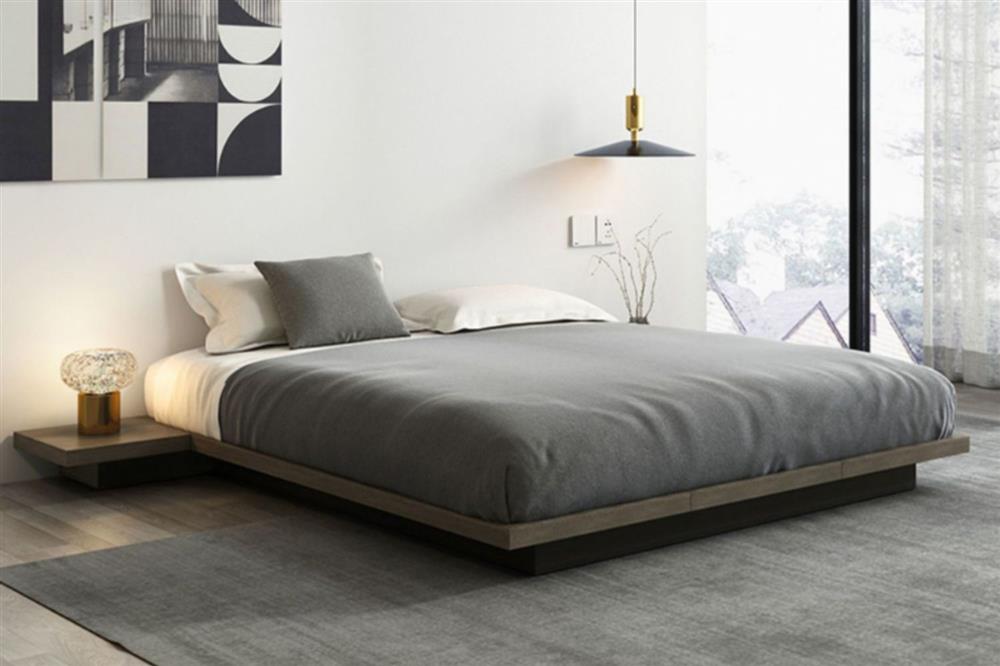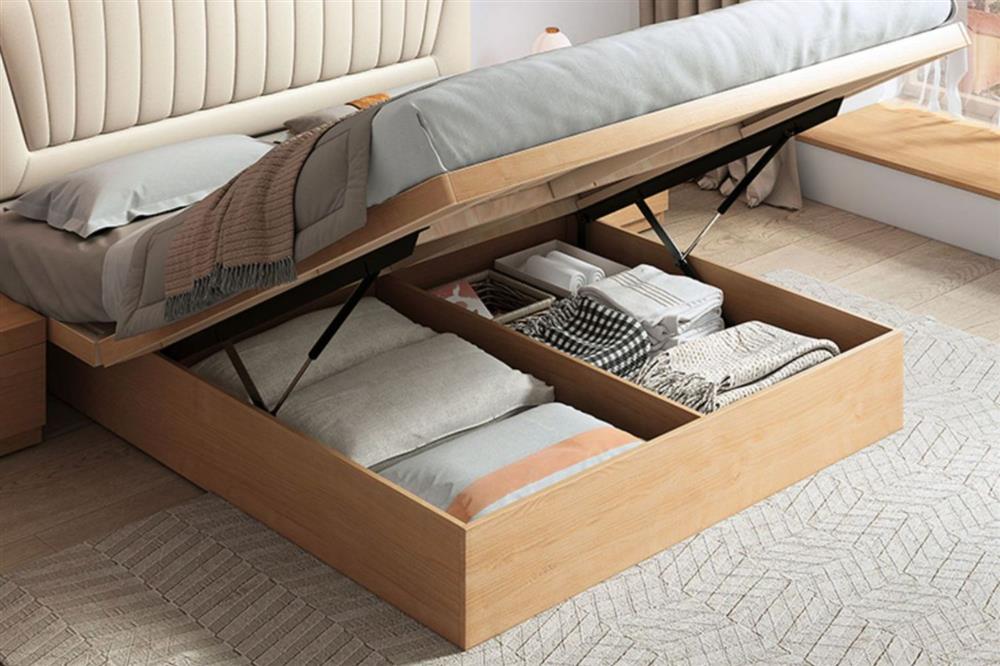.jpg) In an era marked by fleeting trends and disposable goods, there's a resurging appreciation for the enduring beauty and timeless elegance of solid oak wood furniture. Crafted from one of nature's most robust and revered materials, oak furniture stands as a testament to craftsmanship, durability, and aesthetic appeal.
In an era marked by fleeting trends and disposable goods, there's a resurging appreciation for the enduring beauty and timeless elegance of solid oak wood furniture. Crafted from one of nature's most robust and revered materials, oak furniture stands as a testament to craftsmanship, durability, and aesthetic appeal.
The Enduring Appeal of Oak
Oak, with its distinctive grain patterns and rich hues, has long been cherished by artisans and homeowners alike. Its durability and strength make it an ideal choice for furniture that lasts for generations. Unlike mass-produced pieces that quickly succumb to wear and tear, solid oak furniture stands firm against the test of time, acquiring character and charm with age.
Craftsmanship and Quality
One of the defining features of solid oak furniture is the meticulous craftsmanship that goes into its creation. Skilled artisans carefully select and shape each piece of wood, ensuring that the natural beauty of the oak is preserved and enhanced. From classic designs to modern interpretations, oak furniture embodies a sense of quality and attention to detail that is unrivaled by its mass-produced counterparts.
Versatility in Design
Whether you prefer traditional elegance or contemporary flair, solid oak furniture offers a diverse range of design options to suit any taste and style. From timeless dining tables and chairs to sleek coffee tables and bookcases, oak furniture effortlessly blends with various décor themes, adding warmth and sophistication to any space.
Sustainability and Eco-Friendliness
In an age where sustainability is paramount, solid oak furniture stands out as an eco-friendly choice. Oak is a renewable resource, with many manufacturers sourcing their wood from responsibly managed forests. Additionally, the longevity of oak furniture means less need for replacement, reducing waste and environmental impact in the long run.
Investment in Quality
While solid oak furniture may require a higher initial investment compared to mass-produced alternatives, its longevity and timeless appeal make it a wise investment in the long term. Unlike cheaper alternatives that need frequent replacing, oak furniture retains its value and can be passed down through generations, becoming cherished heirlooms in the process.
Care and Maintenance
Caring for solid oak furniture is relatively straightforward, requiring minimal maintenance to keep it looking its best. Regular dusting and occasional polishing with a high-quality wood cleaner are usually sufficient to preserve its natural beauty and luster. With proper care, oak furniture can maintain its timeless elegance for decades to come.
In a world inundated with disposable goods and fleeting trends, solid oak furniture stands as a beacon of timeless elegance and enduring quality. Crafted with care and attention to detail, oak furniture embodies the beauty of nature and the skill of artisan craftsmanship. Whether you're furnishing a new home or looking to invest in quality pieces that will last a lifetime, solid oak furniture is a choice that resonates with both style and substance.

 Within the ever-changing field of interior design, there’s an undeniable allure to the timeless elegance of classic furniture styles. While contemporary trends may come and go, the enduring appeal of classic designs continues to captivate, their charm only deepening with time. The furniture renaissance we are witnessing in modern British homes is not just a stroll down memory lane; it’s a celebration of the enduring beauty and sophistication that classic styles bring. Join us as we explore the revival of classic furniture, seamlessly blending the old-world charm with contemporary living, and rediscovering the magic of classic styles in the heart of British homes.
Within the ever-changing field of interior design, there’s an undeniable allure to the timeless elegance of classic furniture styles. While contemporary trends may come and go, the enduring appeal of classic designs continues to captivate, their charm only deepening with time. The furniture renaissance we are witnessing in modern British homes is not just a stroll down memory lane; it’s a celebration of the enduring beauty and sophistication that classic styles bring. Join us as we explore the revival of classic furniture, seamlessly blending the old-world charm with contemporary living, and rediscovering the magic of classic styles in the heart of British homes. When it comes to furnishing your home, one of the fundamental decisions you'll face is whether to go for custom-made furniture or opt for ready-made pieces. Each option has its unique advantages and drawbacks, and the choice you make can significantly impact the overall look, feel, and functionality of your living space. In this article, we'll explore the pros and cons of custom vs. ready-made furniture to help you make the right decision for your home.
When it comes to furnishing your home, one of the fundamental decisions you'll face is whether to go for custom-made furniture or opt for ready-made pieces. Each option has its unique advantages and drawbacks, and the choice you make can significantly impact the overall look, feel, and functionality of your living space. In this article, we'll explore the pros and cons of custom vs. ready-made furniture to help you make the right decision for your home. In an era where adaptability and efficiency are highly valued, the concept of modular furniture has gained remarkable prominence in interior design. Beyond the aesthetic appeal and creative expression that furnishings bring to a space, the functionality they offer plays a pivotal role in shaping our living environments. Amongst these functional marvels, modular furniture stands out as a testament to human ingenuity, offering an unparalleled level of versatility that has the power to transform spaces both large and small.
In an era where adaptability and efficiency are highly valued, the concept of modular furniture has gained remarkable prominence in interior design. Beyond the aesthetic appeal and creative expression that furnishings bring to a space, the functionality they offer plays a pivotal role in shaping our living environments. Amongst these functional marvels, modular furniture stands out as a testament to human ingenuity, offering an unparalleled level of versatility that has the power to transform spaces both large and small.






.jpeg)